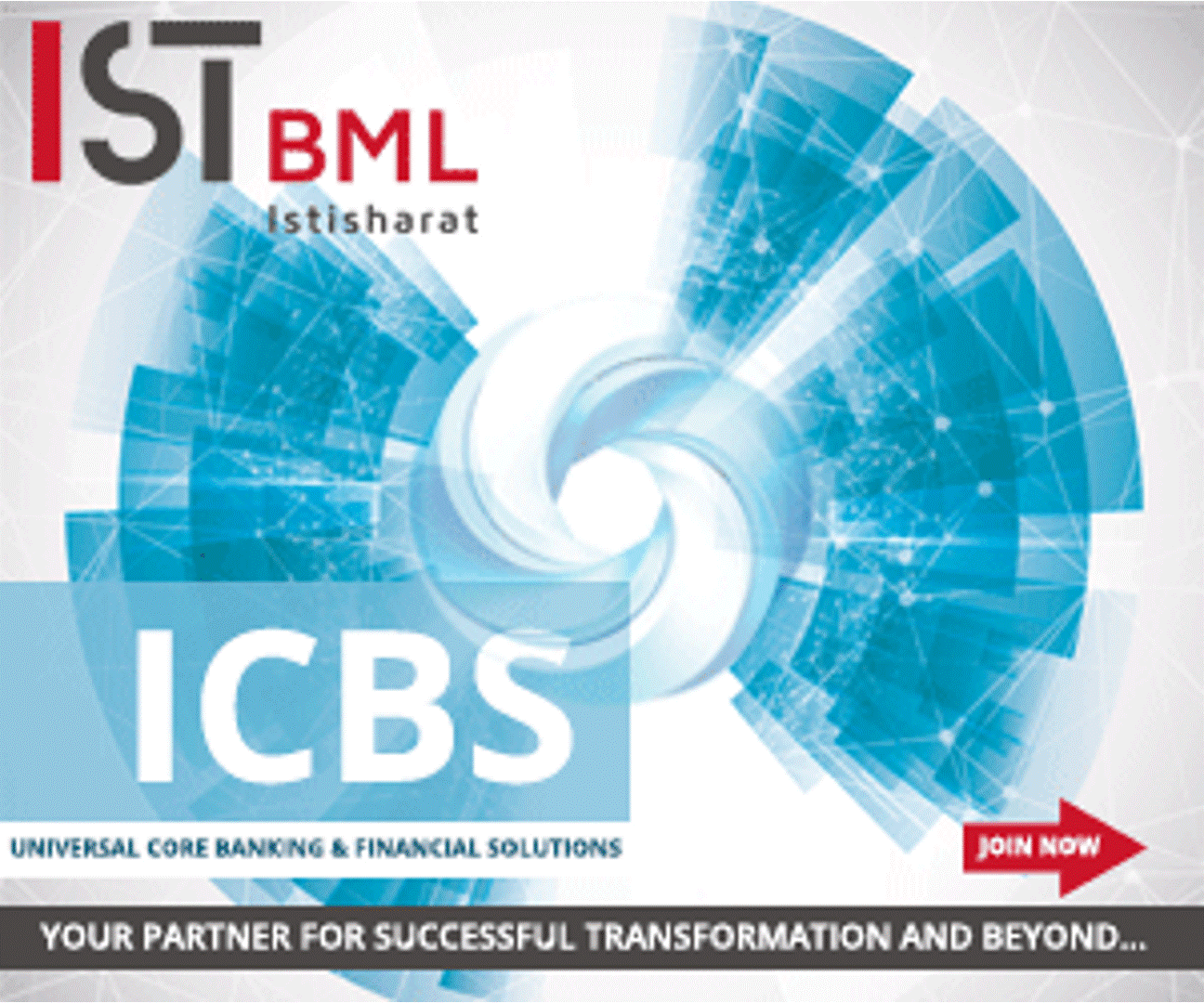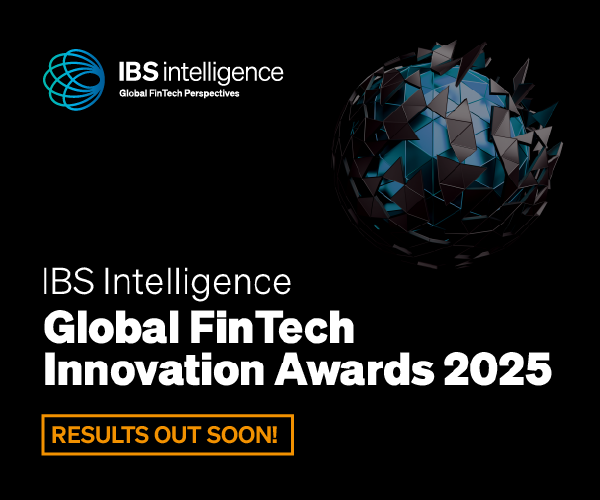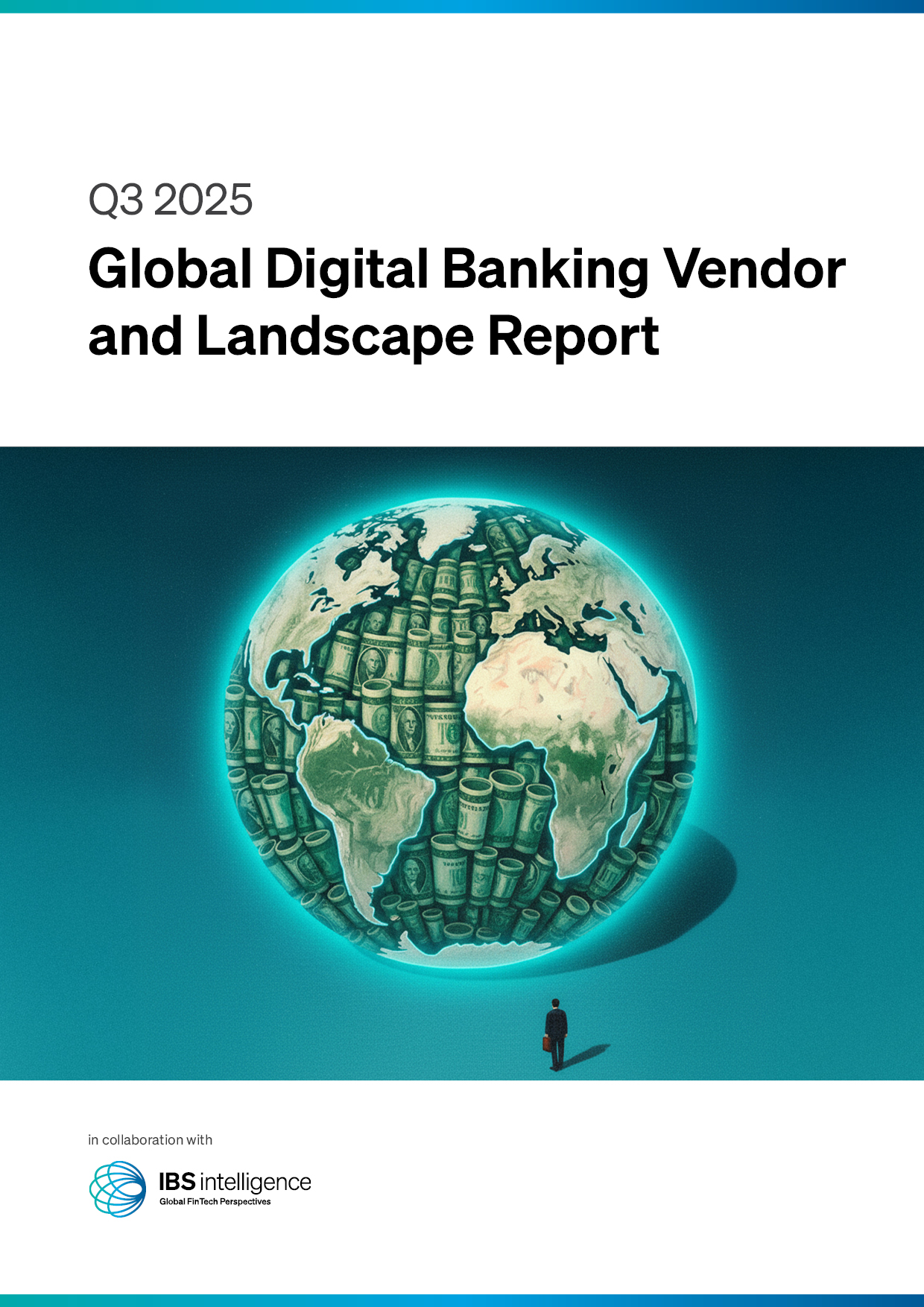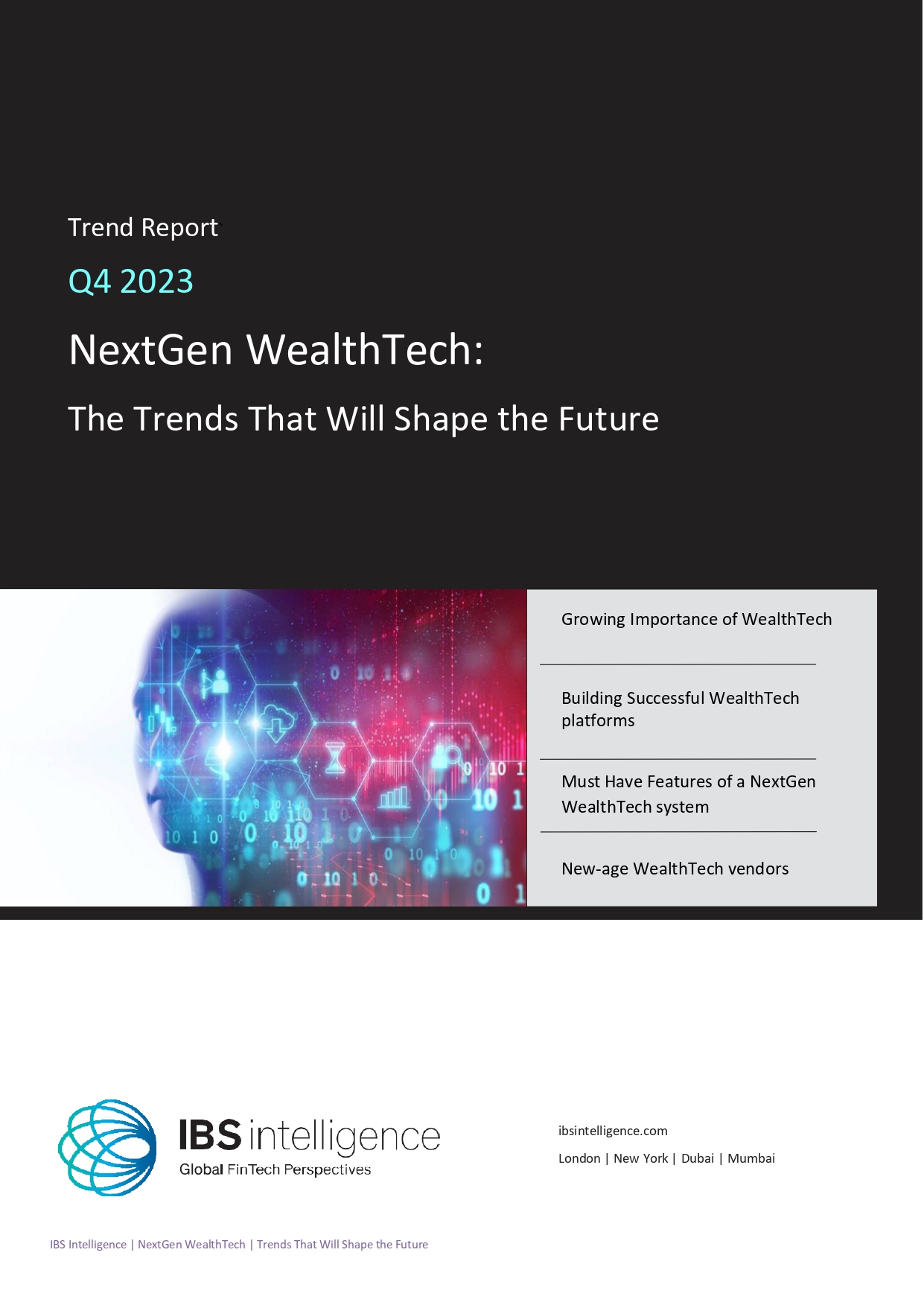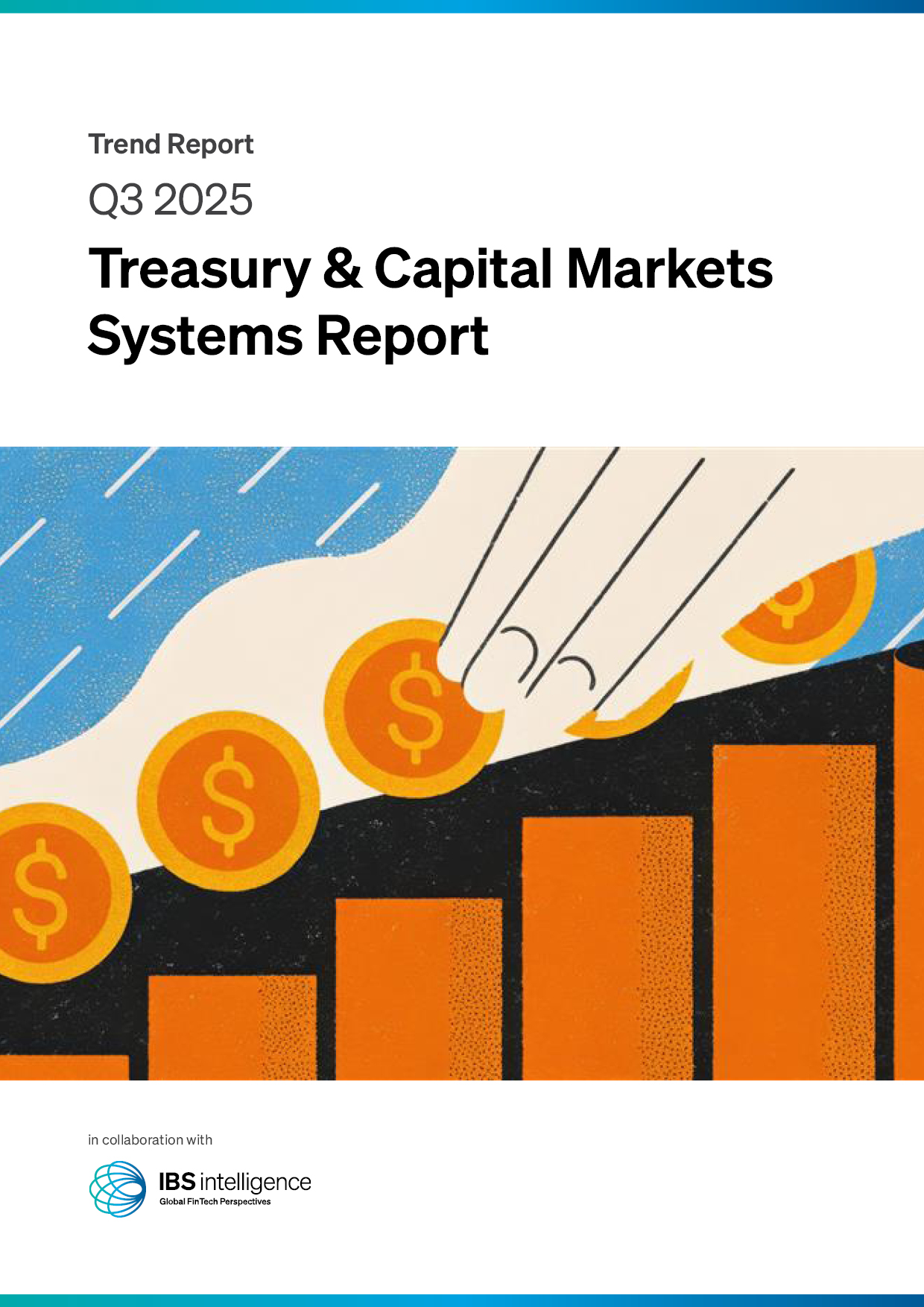 Back
Back
The Deep dive: UPI drives MSME growth in India
By Puja Sharma

 The deep dive’ is our bi-weekly exploration of a relevant topic, hot trend, or new product. For Prime subscribers only.
The deep dive’ is our bi-weekly exploration of a relevant topic, hot trend, or new product. For Prime subscribers only.
How does it work?
UPI leads digital payments at 48%, and 42% women respondents prefer Aadhaar banking. Around 38% of Women respondents prefer a regional language smartphone interface for better customer engagement. Smartphones are the primary business device for 71% of women, with this preference even higher at 84%. Over 79% women reported positive digital business impact, about 26% of MSMEs have attended training to build digital skills, and only 7% of respondents are exploring AI-powered tools
The digital backbone of India’s economy is strengthening. The third edition of the MSME Digital Index Report, released by PayNearby, India-based branchless banking and digital network, reveals that over 73% of small businesses across semi-urban and rural India have seen increased income or improved operational efficiency as a result of adopting digital tools. With smartphones becoming the dominant mode of business management and UPI emerging as the most preferred transaction method, the findings indicate a deeper, more confident shift towards digital enablement at the last mile.
The third edition of the MSME Digital Index 2025 showcases digital consumption, tech awareness, behavioural patterns, and business transformation among micro-entrepreneurs, with a focus on gender representation. The insights were gathered through a nationwide survey conducted among 10,000 individuals and MSMEs in retail-focused segments such as kirana stores, mobile recharge outlets, medical shops, customer service points (CSPs), and travel agencies.
Who is under the radar?
Smartphone usage remains central to their operations, with 71% of respondents citing it as their primary business device. Among women entrepreneurs, this number is significantly higher at 84%, indicating rising comfort with mobile-led infrastructure in driving customer engagement. Daily internet usage continues to rise, with 69% of respondents consuming between 2GB and 5GB of data, largely supported by mobile hotspots. Additionally, 86% spend around ₹500–₹1,000 per month on internet usage.
Digital payments continue to gain strong acceptance among MSMEs, with UPI emerging as the most preferred mode of transaction at 48%, followed by Aadhaar-enabled banking at 39%. Among women entrepreneurs, Aadhaar banking saw even higher preference at 42%, reflecting increasing trust in secure, tech-enabled services such as fingerprint and face authentication. These channels offer transaction efficiency and payment convenience, while also helping them build digital credibility for improved access to formal credit in the future.
The impact of going digital is becoming more tangible for small businesses. Of those reporting benefits from digital adoption, 33% cited improved operational efficiency. These insights point to a growing realisation among MSMEs that digital tools are not just convenient but critical for scaling businesses sustainably in a competitive market.
Why does it matter now?
As digital tools become more embedded in daily business, the role of language and ease of use becomes increasingly important. 56% of respondents prefer English for understanding and navigating platforms, followed by Hindi at 25%. Among women entrepreneurs, 38% expressed a preference for vernacular interfaces, highlighting the continued need for regionally localised, intuitive tech platforms that better reflect how Bharat operates.
A small but notable 7% of respondents have begun exploring automated or AI-powered tools, including inventory apps, automated billing systems, and customer engagement platforms, mostly through third-party solutions. This emerging trend is reflected in the growing use of structured digital workflows such as transaction reports, WhatsApp-based follow-ups, and service-wise earnings tracking. It marks a shift toward more efficient, process-driven ways of working. These early signals point to rising curiosity and readiness among small businesses to explore advanced tools, as solutions become simpler to understand and use.
IBSi FinTech Journal
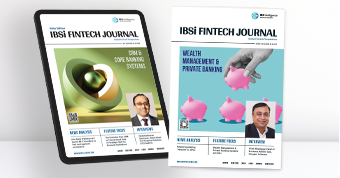
- Most trusted FinTech journal since 1991
- Digital monthly issue
- 60+ pages of research, analysis, interviews, opinions, and rankings
- Global coverage

